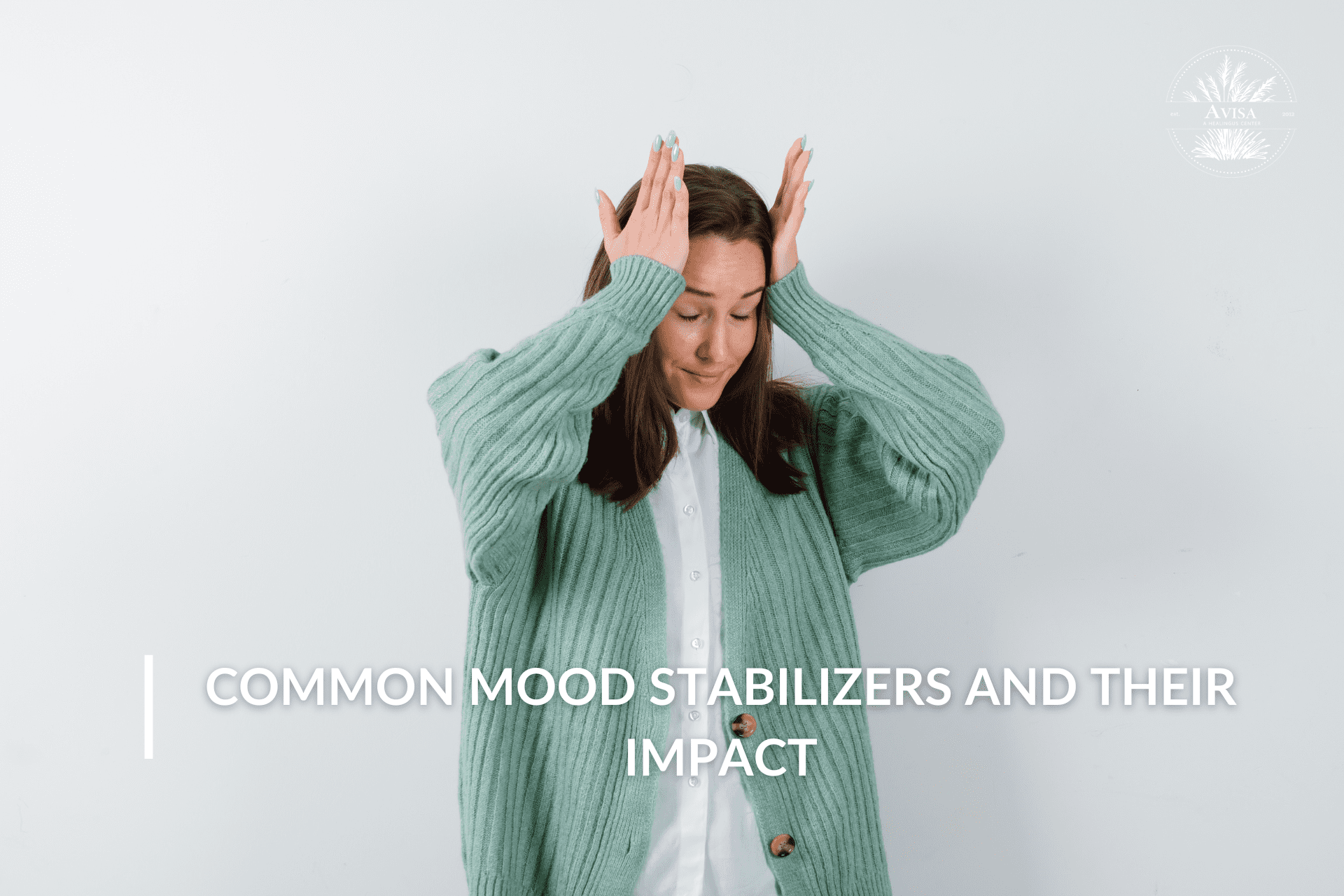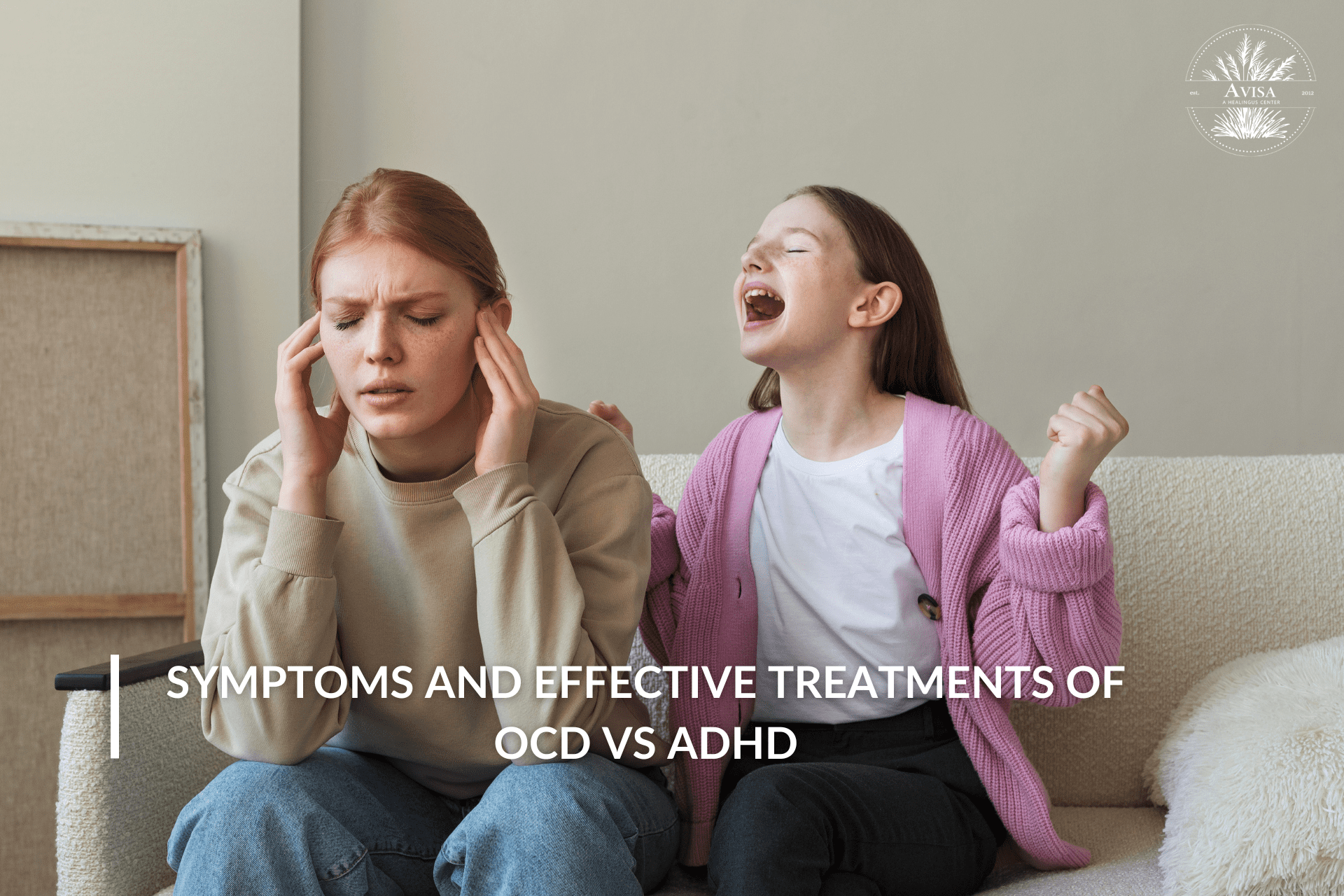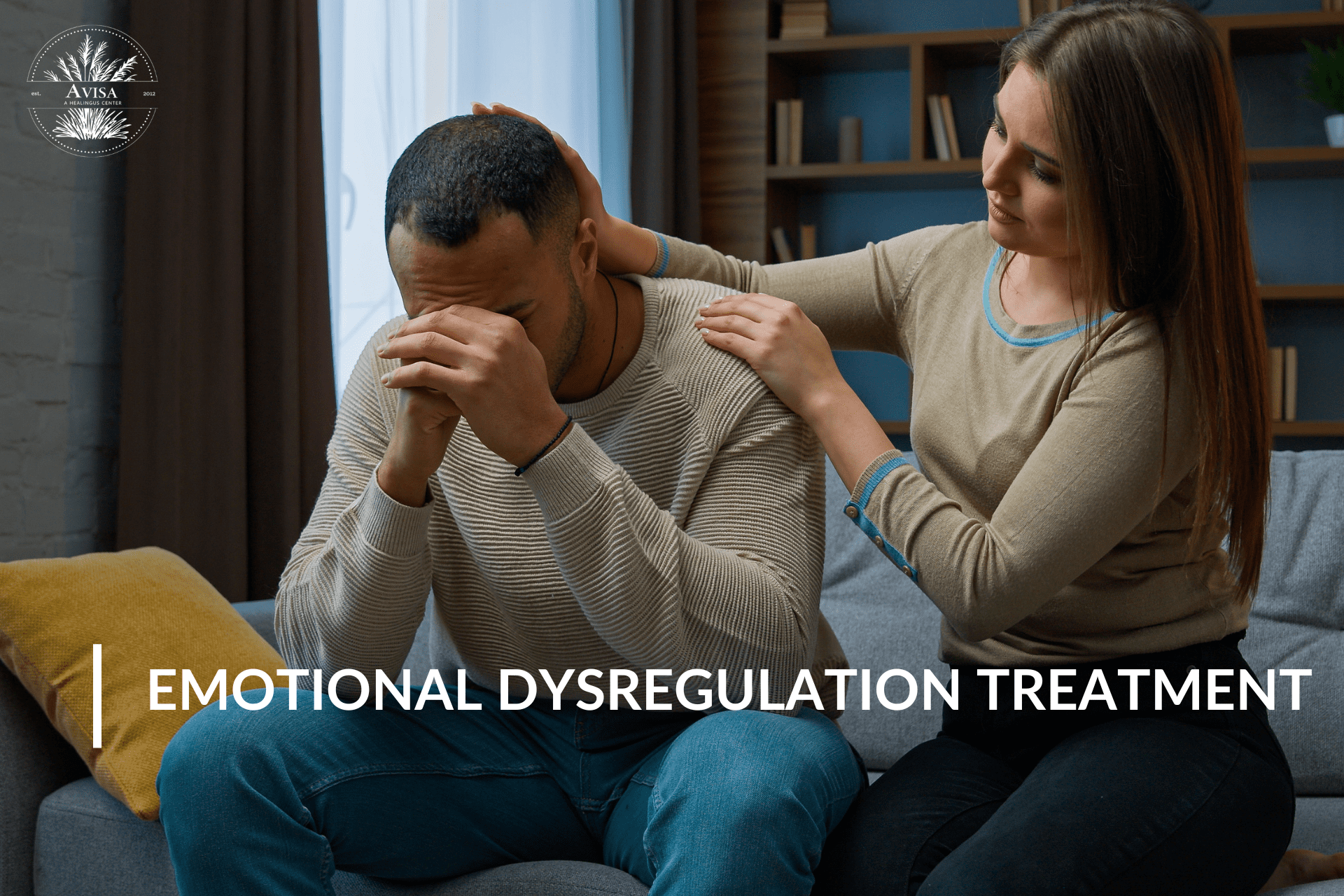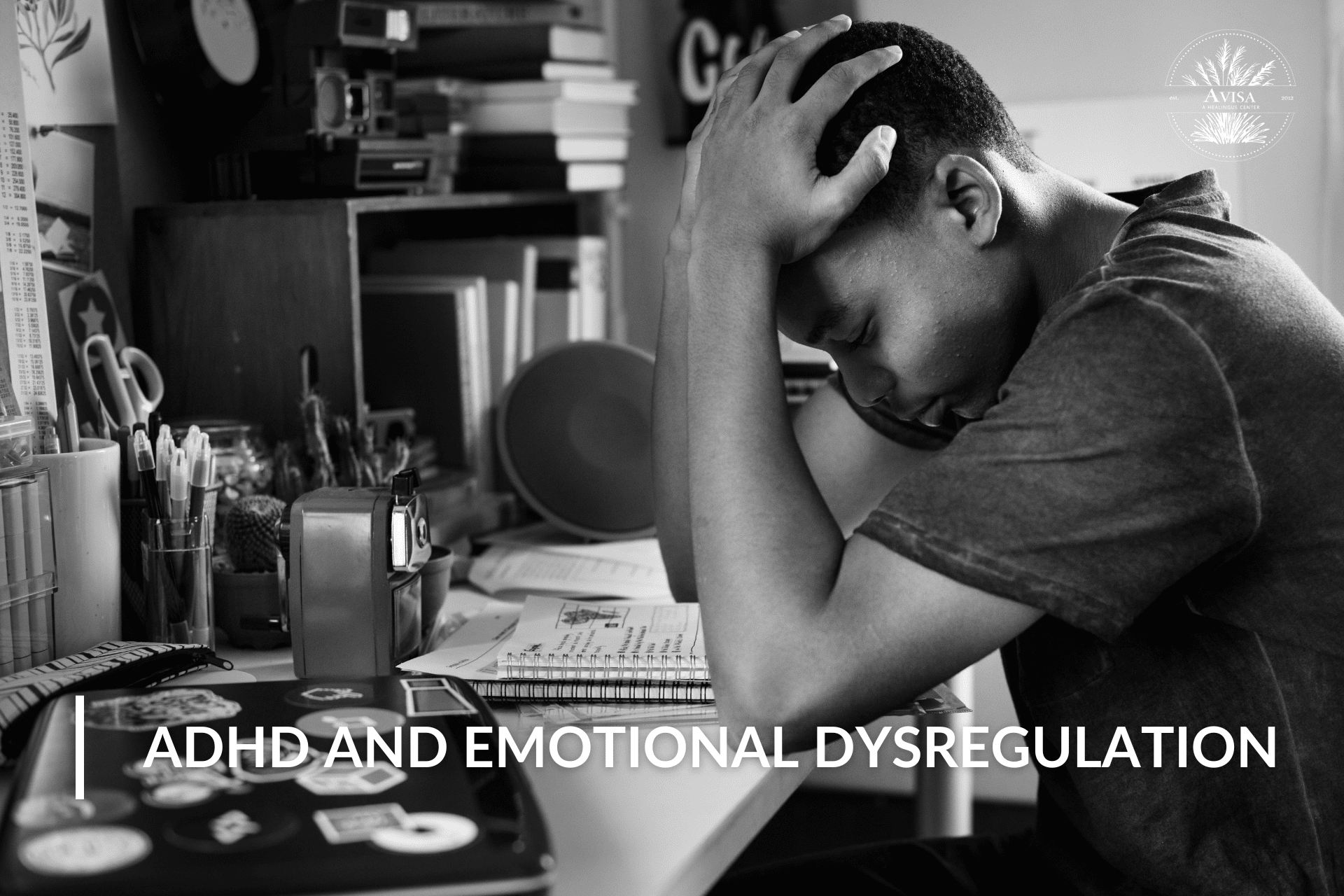Being cautious is normal but when suspicion becomes a constant part of everyday life that even close relationships feel unsafe, it could be a PPD disorder symptom. It’s more than just a protective instinct. Studies suggest that PPD affects approximately 0.5% to 4.5% of the U.S. population, making it a relatively rare but impactful condition.
Paranoid Personality Disorder (PPD) goes beyond ordinary wariness; it, it creates a constant fear that others are out to deceive, harm, or take advantage often without any real reason.
Many people experience moments of doubt or mistrust, but for individuals with Paranoid Personality Disorder, suspicion becomes a constant part of their reality. They may struggle to confide in others, hold grudges, or even misinterpret harmless remarks as threats. This not only affects their personal relationships but can also make daily interactions difficult. Since PPD creates intense distrust, seeking help can be necessary for managing these thoughts and building trust over time.
In this article, we will explore the PPD disorder symptoms, causes, and available treatments, helping to shed light on this complex mental health condition.
What is Paranoid Personality Disorder (PPD)?
Paranoid Personality Disorder (PPD) is a mental health condition where a person is always on high alert, convinced that others are trying to deceive, harm, or take advantage of them even when there’s no real reason to believe so.
PPD is classified as a Cluster A personality disorder, a group known for unusual and eccentric thinking patterns. People with this condition tend to be overly cautious and interpret even the most harmless situations as threats. Some common signs of PPD include:
- Reluctance to confide in others, fearing their words will be used against them
- Holding grudges and refusing to forgive perceived wrongs
- Seeing hidden insults in casual conversations
- Reacting with anger or suspicion even when no harm is intended
Studies suggest that PPD affects between 1.2% and 4.4% of people worldwide. However, treatment can be complex because those with PPD often struggle to trust mental health professionals. Therapy, when approached correctly, can help individuals with PPD build trust and develop healthier coping strategies, ultimately improving their quality of life.
What Causes Paranoid Personality Disorder (PPD)?
Research suggests that Paranoid Personality Disorder (PPD) develops due to a mix of biological and environmental factors like:
Genetic Links
PPD is more common in individuals with a family history of schizophrenia or delusional disorders, indicating a possible genetic predisposition.
Early Childhood Influences
Experiencing childhood trauma, such as abuse, neglect, or a highly unstable environment, may contribute to the development of paranoid thinking patterns.
Social and Environmental Factors
Certain life circumstances appear to increase the likelihood of PPD, including:
- Growing up in a low-income household
- Experiencing separation, divorce, or widowhood
- Never marrying
Cultural and Racial Factors
Some studies suggest that Americans, Native Americans, and Hispanic Americans are diagnosed with PPD at higher rates. Stress and trauma, particularly those linked to social and racial inequalities, may contribute to higher levels of distrust seen in certain communities.
While some individuals may exhibit pathological paranoia, others may develop a heightened sense of caution and mistrust due to past experiences.
Symptoms of Paranoid Personality Disorder (PPD)
People with Paranoid Personality Disorder (PPD) see the world through a lens of suspicion. This constant wariness can make it difficult for them to build trusting relationships and navigate daily life. Common PPD disorder symptoms are:
- Mistrust of Others: They frequently doubt people’s intentions, believing others have hidden motives.
- Fear of Betrayal: They are reluctant to share personal information, fearing it will be used against them.
- Holding Grudges: They struggle to forgive and forget, keeping past conflicts alive in their minds.
- Extreme Sensitivity: They take criticism personally, often reading hidden insults in neutral comments.
- Hostile and Defensive Behavior: They feel easily attacked and may react with anger or stubbornness.
- Social Isolation: Their distrust makes it hard to form close relationships, leading to distance and detachment.
- Jealousy and Control Issues: They may accuse partners of infidelity without evidence and try to control relationships.
- Blaming Others: They struggle to see their own role in conflicts and often feel they are always right.
- Difficulty Relaxing: They are constantly on edge, making it hard to unwind or let their guard down.
Clinical Evaluation of Paranoid Personality Disorder (PPD)
According to the NIH, assessing Paranoid Personality Disorder (PPD) requires a detailed psychiatric evaluation, including a mental status examination (MSE).
- Behavior: Social withdrawal, hypervigilance, hostility, and suspicion; may be argumentative or accusatory.
- Affect: Labile, often hostile, stubborn, or sarcastic.
- Thought Content: Persistent mistrust, perceiving hidden threats in neutral events; brief psychotic episodes under stress. Assess for suicidal/homicidal ideation.
- Thought Process: Rigid, concrete thinking, reinforcing paranoia.
- Perception: Evaluate for hallucinations to rule out psychotic disorders or substance use.
- Cognition: Assess for deficits in memory, learning, and executive function, which may indicate schizophrenia.
Since some symptoms of PPD overlap with other conditions like schizophrenia and borderline personality disorder (BPD), diagnosis can be challenging. However, recognizing these patterns early can help in seeking support and managing the condition effectively.
Treatment Options for Paranoid Personality Disorder
Managing PPD is challenging, as individuals often struggle with trust. However, with consistent therapy and structured support, symptoms can improve, leading to a better quality of life. Here are the treatment options that are widely practiced to treat PPD disorder symptoms:
Psychotherapy
Cognitive Behavioral Therapy (CBT) is the most effective approach for treating PPD. It helps individuals:
- Develop trust and reduce suspicion
- Improve self-esteem and communication skills
- Learn coping strategies to manage distress and negative thinking
- Strengthen personal and professional relationships.
Medications
While not the primary treatment, medications can help manage severe symptoms, especially if depression or anxiety is present.
- Anti-anxiety medications: Paxil, Celexa, Lexapro, Zoloft, Prozac.
- Antidepressants (SSRIs): Help regulate mood and emotional stability.
- Antipsychotics: Rarely used but may help in severe cases of paranoia.
A combination of therapy and medication can lead to better long-term outcomes, improving daily functioning for individuals with PPD.
Long-Term Outlook for Paranoid Personality Disorder
The future for individuals with PPD disorder symptoms largely depends on their willingness to accept treatment.
-
Without Treatment
PPD can interfere with daily life, making it difficult to maintain jobs and healthy relationships. Persistent suspicion and distrust may lead to social isolation and work-related challenges.
-
With Treatment
Those who engage in therapy and support systems can manage their symptoms better. While there is no cure, ongoing treatment helps improve relationships, communication, and overall quality of life.
A lifelong commitment to therapy and support is essential for maintaining stability and well-being.
A Note From Avisa Recovery
Paranoid Personality Disorder (PPD) is a serious mental health condition, and early intervention can make a huge difference. Just like any mental health challenge, getting help at the right time can reduce its impact on daily life. At Avisa Recovery, Mental health professionals create personalized treatment plans to help manage thoughts and behaviors, making everyday interactions smoother.
If you have a loved one with PPD, we understand how emotionally draining it can be. Family members often experience stress, grief, and isolation, struggling to support their loved ones while managing their well-being. You are not alone in this journey. We have helped over 20,000 families overcome the challenges of mental health treatment, and we truly believe we can help you too.
Reach out today to identify your PPD disorder symptoms and take the first step toward a healthier, more balanced life.
FAQs:
Q. Is inpatient or outpatient treatment better for PPD?
A. Outpatient treatment is usually recommended since people with PPD struggle with trust, and inpatient settings may heighten their suspicion. However, inpatient care may be necessary if symptoms become severe or if there’s a risk of harm.
Q. How long does it take to see improvement with therapy for PPD?
A. Progress varies, but noticeable changes may take months or even years. Since trust is a major barrier, building a therapeutic relationship itself takes time before deeper work on thoughts and behaviors can begin.
Q. Can PPD get worse with age?
A. Yes, if left untreated, PPD can intensify over time, leading to increased isolation, resentment, and difficulty functioning in daily life. However, proper treatment can slow down or even improve symptoms.
Q. Can someone with PPD recognize that they have it?
A. Not easily. Most people with PPD believe their suspicions are justified, making self-awareness difficult. They often seek help due to pressure from loved ones or because of life disruptions.
Q. Is there a connection between PPD and dementia in older adults?
A. Yes, some studies suggest that long-term paranoia and mistrust could be early signs of cognitive decline or dementia, especially in older adults with no previous history of PPD.











